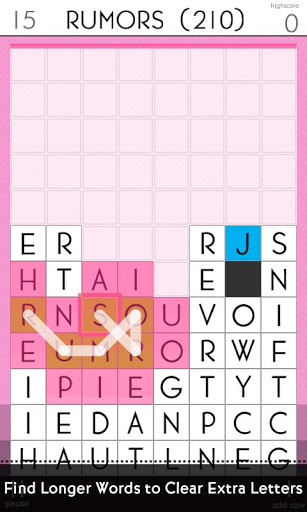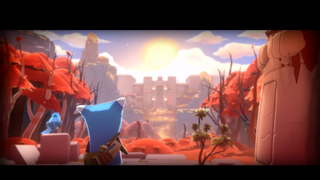

#Spelltower scoring algorithn download#
If you’re an iPad owner with even a mild interest in word games, you shouldn’t hesitate.More than 100 million people paid to download the game on their mobile phones. For my money, it’s the better of the two: subtler, smarter, less gimmicky. may be the word game of the moment, the one getting all the plaudits and downloads, but SpellTower shouldn’t be overlooked. Rarely will you get a clump of consonants and/or vowels without it being your own fault for not paying attention to the letters set to fall into the gap you just left. There’s an element of luck in the letters you get, but otherwise it feels scrupulously fair. Sound effects, meanwhile, are sparse but satisfying, a rising scale of musical tones sounding as you make a word and tiles cascade downward. It’s a mental distraction, not a visual one. In Rush mode, for example, as the blue line steadily rises it induces a sense of panic even though you’re still entirely clear what you’re doing. The aesthetic choices are thoughtful, too. The look might ostensibly seem slightly sterile, but there’s just enough subtle colour to make what is nothing more than a field of letters look interesting. There’s not an awful lot that feels genuinely new here, but it’s expertly tuned and packaged beautifully. It’s all about balancing the need to score highly with the need to keep the column heights as close together as possible, maximising word-making opportunities and avoiding the chance of an early Game Over.ĮX puzzle mode is the same only tougher, while Rush mode adds words over time, with a rising tide of blue - grey within the grid - releasing another row of letters once the wave hits the top. Puzzle mode adds a row every time you make a word, forcing you to choose your words wisely so as not to allow any letter towers to get out of control. Suddenly, the game grows tense as you need to plan your moves very carefully. While Tower mode essentially has you demolishing towers of letters, hopefully leaving as little word rubble as possible, the rest of the game modes ask you to do the opposite: stop columns from reaching the top of the screen. Tough letters can really boost your score, which might explain why PORKIES scored more highly than NEUTERED for me. Though scoring isn’t as transparent as some might like, it’s pretty obviously based on the length and letters used. Tower mode gives you a grid of 150 letters to get the highest points tally you can. The tutorial is over in less than a minute – and advertised as such – leaving you to get on with the various other modes. Meanwhile, letters like Q, X, and Z are highlighted, denoting the fact that they remove an entire row if they’re successfully used in a word. If you make a word with five letters or more, all the surrounding letters will also disappear from play. Others have a number in the corner, representing the minimum number of letters in the word you use to take them out.

Some letters are blacked out, and you’ll need to make a word with adjacent letters to reveal them.

You need to make words of three letters or more by tracing a path with your finger, moving it horizontally, vertically, or diagonally until all letters are selected, whereupon they’ll be removed from the board. Its core concept is as simple as they come. It gives both you and the letters room to breathe. SpellTower is currently planned for release on iPod touch and iPhone, but the extra space afforded by the larger iPad screen seems to really suit it. A grid of letters has rarely felt so attractive. Not just in its mechanics, but its aesthetic, which is clean, crisp, and refreshing. There’s a simple elegance at the heart of Zach Gage’s word game that makes it very appealing.


 0 kommentar(er)
0 kommentar(er)
